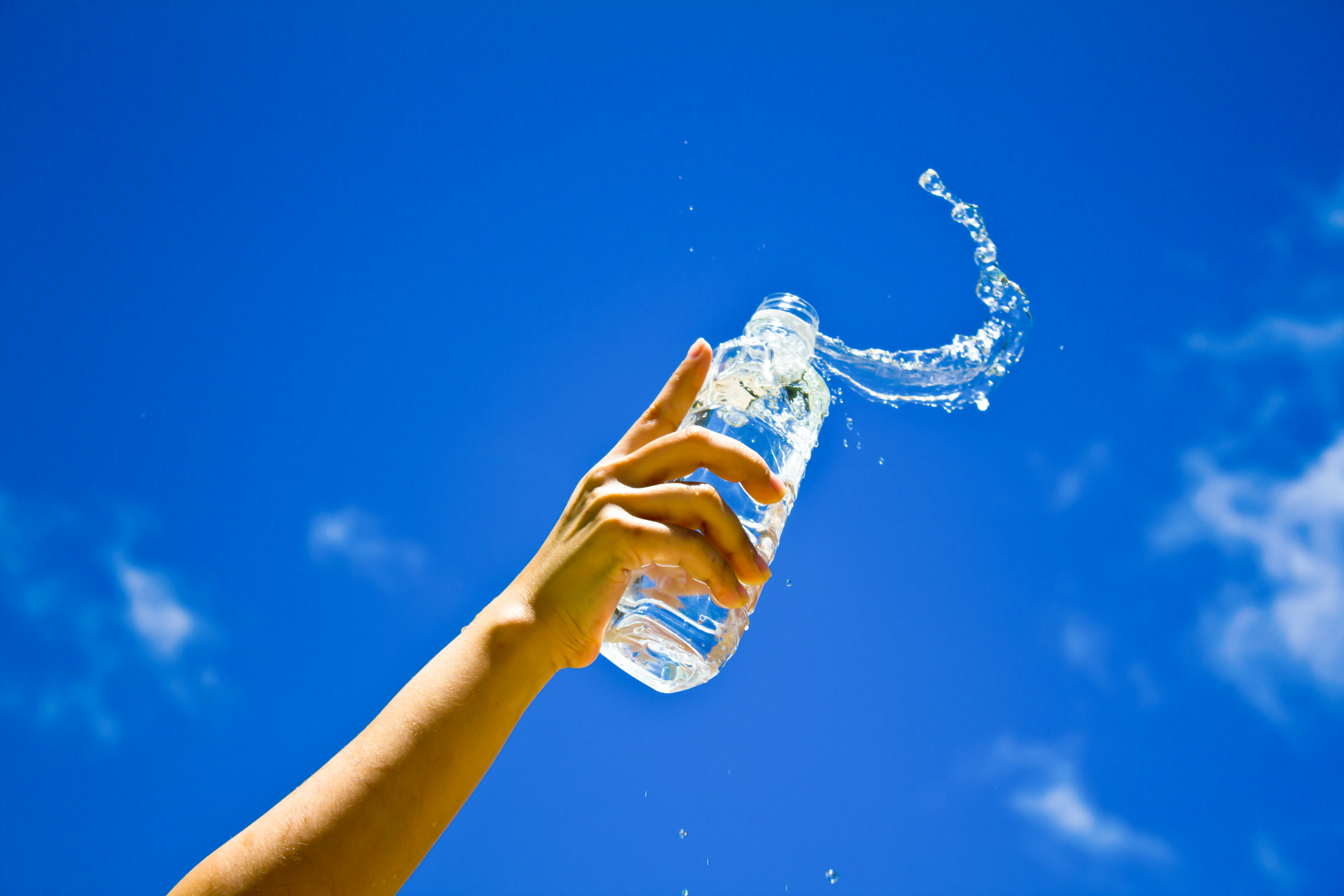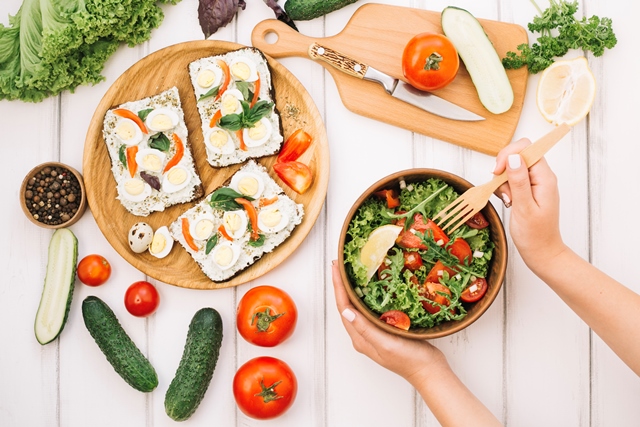The importance of a good hydration
Lee the complete content in Infermeravirtual.com
Keeping well hydrated

The human body needs water to carry out all functions. Requirements of water for a person with diabetes is the same one that for the rest of the town, that is, around 1.5 l or 2 l of water a day.
Drinks more suitable are the water, the vegetal broths and sugar-free infusions. From time to time, you can take gaseous and sodas light (not more than one a day).
Control the consumption of alcoholic beverages
When it comes to the intake of alcohol, they are owed to take the same precautions that for the rest of the town. In older persons, the takeover is accepted of 1-2 glasses of came or beer in every main food.
It is significant to remember, in the case of people with diabetes, that a high consumer spending of alcohol increases the risk of hypoglycemias, above all if are discussed with insulin or with antidiabetic oral of types sulfonilureas.
The hypoglycemia you would be able to present in case the intake of alcohol was too one far removed of the food and was not taken together with some food. Therefore, for to reduce this risk, with the alcoholic beverage would be owed to take some type of nuts (dátiles, figs, plums), popcorns and/or to mix the drink with a juice or a sugary drink (naranjada, lemonade, etc.).
See: Advice of health: Diabetes - risk factors and conducts
Alcoholic drinks with a low sugar content:
- wine
- it digs brut
- distillates (brandy, vodka, gin, rum, whiskey)
Alcoholic drinks with a tall sugar content:
- beers (beers without alcohol or the light have the same one amount of sugar or similar that those which take alcohol)
- liqueurs (anise, Cointreau, estomacales)
It is very significant to emphasise that:
- Alcoholic drinks of graduation registration (anise, estomacal, whiskey, etc.) are not recommendable, general, for its high one within alcohol. In the case of people with diabetes, also, the alcohol inhibits the liberation of the stored sugar in the liver (glycogen) in the blood. The organisation uses this sugar in the event of hypoglycemia. Therefore, a high consumer spending of alcohol can increase the risk of hypoglycemias.
- Although an alcoholic beverage more or less has sugar, the risk of hypoglycemia continues being significant and precautions will be the same in all cases. See - Diet, diabetes and other health problems
- If a person drinks alcohol and glycemias are high previously, the intake of alcoholic drinks with a high one within sugar will still raise them more. It is necessary the total alcohol abstention in the event of: gestation, polyneuropathy (illness that affects peripheral nerves), pancreatopatía (illness of the pancreas), severe hypertriglyceridemia (high triglycerides in the blood) and in the event of frequent hypoglycemias.
Confection of a menu

General rules to elaborate a menu for a person with diabetes
- So much to eat as to have dinner, owes vegetable as main course credit or of accompaniment.
- The starter has be composed of complex carbohydrates (legumes, dough, rice, potatoes).
- He the main course has be composed of proteins (meat, fish, egg).
- The content of the first one and the second one can go together as to only dish, such as noodles to the cazuela (dough + meat).
- Desserts are had to compose of fruit or milk.
See: Healthy diet: distribution of the meals
- Allowance of 1800 kcal distributed by portions (23.5 carbon hydrate portions) adapted for a treated person with diabetes with insulin The allocation of the portions, and therefore of meals, has been established, in different proposals, according to some possible guidelines insulínicas. See table: Allocation of the meals for portions of HC in an allowance of 1800 kcal according to different guidelines insulínicas
- Menu (luncheons and dinners) of a week for a treated person with diabetes with insulin and antidiabetic oral type sulfonilureas and glinidas with a caloric contribution of 1800 kcal (7.5 carbon hydrate portions for luncheon and 7.4 carbon hydrate portions for dinner) To see table: Allowance of 1800 kcal for treated people with insulin and antidiabetic oral type sulfonilureas and glinidas
- Proposal of menu for people with diabetes and obesity that follow processing just with allowance or that also follow processing with antidiabetic oral type: biguanides, suppressants DPP4, glitazonas and suppressants of the alpha glucosidasas. See table: Balanced hypocaloric allowance
- Proposal of allowance in the event of fever, anorexia (not to have appetite) and vomits To see table: Allowance fever, anorexia, slight vomits To see table: Allowance fever, anorexia, persistent vomiting
